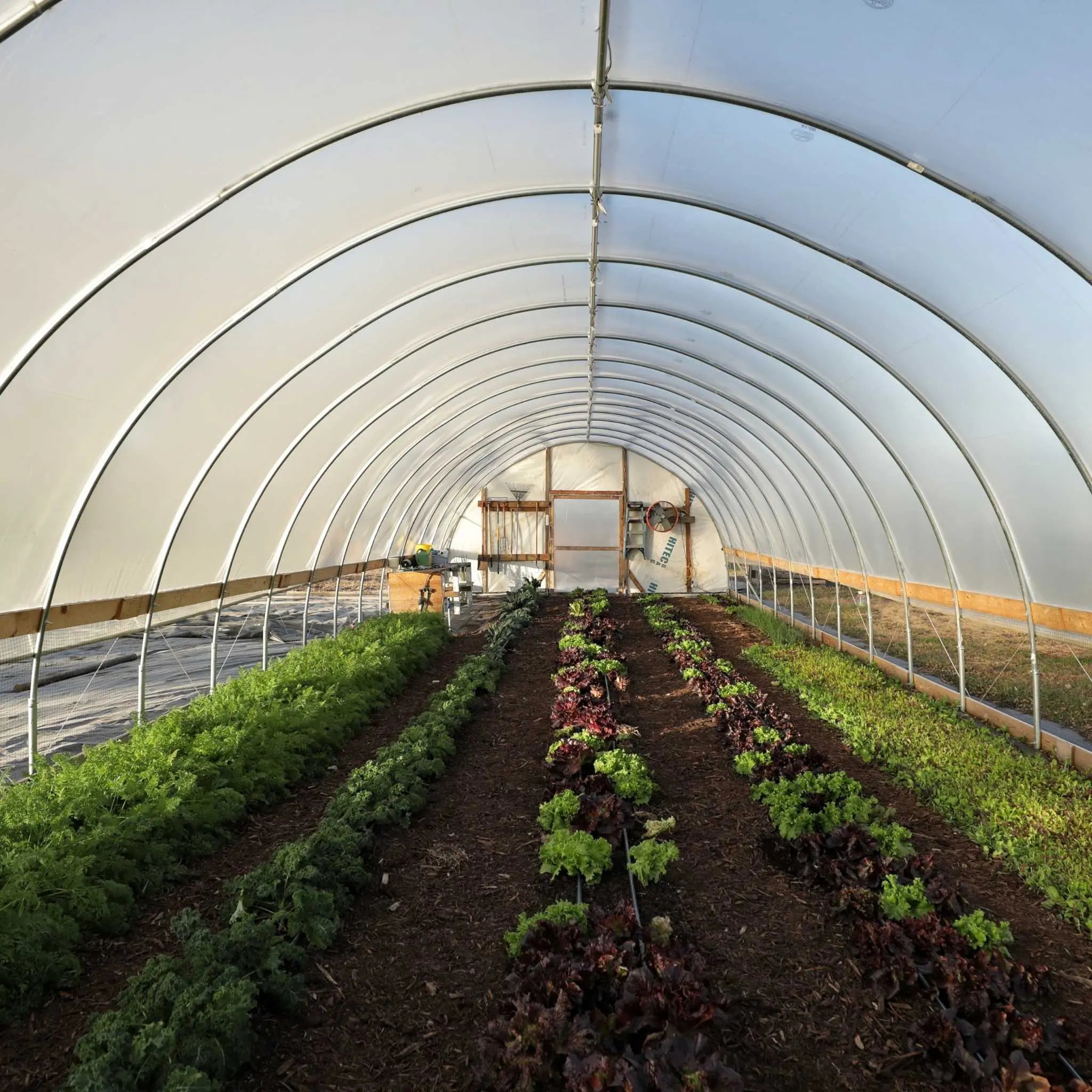Smooth Assimilation: Monarch Greenhouse Installation Utah Specialist Touch
Wiki Article
Greenhouse Layout: Creating an Eco-Friendly Expanding Area
Are you curious about developing an eco-friendly growing space? Learn how to create a greenhouse that makes best use of all-natural light, conserves water, and integrates eco-friendly power sources. By picking lasting materials and carrying out energy-efficient home heating and cooling down systems, you can create a greenhouse that is both environmentally conscious and productive. Discover the vital aspects of greenhouse layout that will certainly aid you create a lasting and successful expanding space.Picking Sustainable Materials
When developing your green greenhouse, prioritize sustainability by thoroughly selecting products that are environmentally-friendly and advertise energy efficiency. Among the most crucial facets of developing a green greenhouse is selecting sustainable materials. By selecting materials that have a minimal influence on the atmosphere, you can minimize your carbon impact and add to a more lasting future.Start by thinking about the materials utilized for the framework of your greenhouse. Additionally, take into consideration using materials that have a high thermal mass, such as stone or concrete, as they can assist control the temperature level inside the greenhouse, minimizing the need for excessive heating or air conditioning.
Another vital element to take into consideration is the glazing material for your greenhouse. Select products that supply exceptional insulation residential or commercial properties, such as double- or triple-pane glass or polycarbonate panels. These products can aid trap heat inside the greenhouse, minimizing the quantity of power needed for home heating throughout cooler months.
In addition, when choosing materials for the interior of your greenhouse, select lasting options such as bamboo or redeemed timber for shelving and benches. These materials are not just sturdy but additionally advertise the responsible use resources.
Optimizing Natural Light
To maximize natural light in your green greenhouse, prioritize the tactical positioning of windows and skylights to enhance sunshine direct exposure throughout the day. When deciding on the placement of home windows, think about the course of the sunlight throughout the day and exactly how it will certainly affect the various locations of your greenhouse.Skylights are another efficient means to make the most of natural light. They allow sunlight to get in from above, providing an added source of light for your plants. When installing skylights, consider their dimension and placement. Larger skylights will certainly permit a lot more light to go into, yet make certain they are not too large that they cause too much warmth or glow. Position them in locations where they can give straight sunlight to your plants without casting shadows on other areas.
Implementing Energy-Efficient Cooling And Heating Systems
To additionally improve the energy efficiency of your environment-friendly greenhouse, consider applying energy-efficient heating and cooling down systems. These systems play a crucial duty in keeping ideal temperature level and humidity levels for your plants, while lessening power usage and reducing your greenhouse's carbon footprint.:max_bytes(150000):strip_icc()/SPR-HOME-6-best-greenhouses-4157678-01-08afeecb96714335891b91534228fd26.jpg)
This permits for the exchange of fresh air and aids regulate the temperature inside the greenhouse. These systems utilize less power compared to conventional try this website air conditioning devices and can efficiently reduce the temperature inside the greenhouse.
Water Preservation Methods
To even more improve the power performance of your environment-friendly greenhouse and proceed lowering its environmental influence, it is essential to carry out efficient water conservation methods. Water is a priceless resource, and with the best methods, you can decrease your greenhouse's water consumption while still offering optimum problems for your plants.One method to conserve water is by using a drip irrigation system. This technique supplies water straight to the plant roots, lessening evaporation and ensuring that water goes where it is required most. Additionally, setting up a rainwater harvesting system can assist store and catch rain for later usage in your greenhouse. This not just minimizes your dependence on municipal official website water resources however likewise saves you cash over time.
One more technique is to mulch your plants. Adding a layer of organic product around the base of your plants aids maintain dampness in the dirt, decreasing the demand for frequent watering. In addition, consider using a water-efficient potting mix that retains dampness while still supplying appropriate drain.
Lastly, monitor your greenhouse's water use on a regular basis. By tracking how much water you are utilizing, you can recognize locations for enhancement and make required changes.
Incorporating Renewable Power Resources

Conclusion
Finally, by carrying out lasting materials, maximizing natural light, utilizing energy-efficient heating and cooling systems, practicing water conservation strategies, and including eco-friendly power resources, you can produce an environmentally friendly greenhouse design. This will certainly not just profit the setting but additionally advertise sustainable and healthy and balanced plant development. So, go ahead and make a favorable influence on the planet by making an environment-friendly growing room.When developing your eco-friendly greenhouse, focus on sustainability by carefully choosing materials that are environmentally-friendly and promote energy performance. These products can aid trap warm inside the greenhouse, decreasing the amount of power required for home heating during cooler months.
These systems make use of much less energy contrasted to conventional air conditioning devices and can effectively reduce the temperature level inside the greenhouse.
You can incorporate eco-friendly power resources right into your greenhouse layout to make it a lot more environmentally friendly and lasting.In conclusion, by applying lasting products, making the most of all-natural light, making use of energy-efficient heating and cooling systems, exercising water conservation methods, and including renewable energy sources, you can create a green greenhouse design.
Report this wiki page